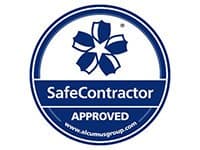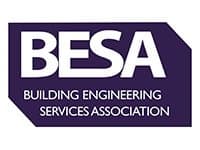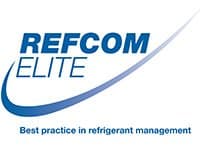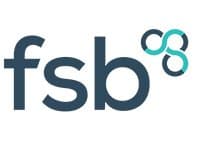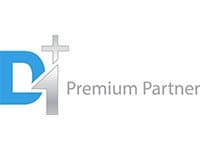One of the key elements of designing and maintaining an effective clean room is airflow. Any particulate matter in the air of your cleanroom needs to be caught by filters, removing the risk of potential contamination.
Good airflow is needed to carry unwanted particles to the filters, so planning this correctly is essential. There are two different types of airflow commonly used in cleanrooms and which you need will depend on a number of factors.
Unidirectional airflow
Also known as “laminar airflow”, this involves filtered air being pushed through the cleanroom either directly downwards or horizontally across the space, producing a single direction of airflow. This constant stream of filtered air pushes any contaminant particles across the room towards filters located on the walls or near the floor. These catch the particles allowing the clean air to be recirculated safely.
A unidirectional system will usually require around 80% of a clean room’s ceiling or one wall to be given over to airflow systems to provide sufficient airflow. Materials used in the airflow system need to be non-shedding so they will not themselves introduce unwanted particles into the air.
Unidirectional air flow filters are generally highly effective at removing particulate matter from the air. This makes them ideal for cleanrooms requiring the very highest levels of air quality such as those aiming for ISO 3, 4 and 5 standard.
Non-unidirectional airflow
Sometimes called “turbulent airflow”, this relies on airflow systems creating randomised air movement within a clean room. The aim is to cause contaminants in the air to be driven downwards where they can be caught by non-specific velocity filters near the floor.
Non-unidirectional airflow generally requires less of your ceiling and wall space to be taken up with airflow systems and tends to require less power to run. However, this technology is not as effective at removing particulate matter as unidirectional airflow and is more appropriate for industries where higher tolerances for contamination are allowable. Turbulent airflow is generally used in ISO 6, 7 and 8 standard cleanrooms.
Total Environmental Kooling is one of the UKs top specialists in cleanroom installation, maintenance and repairs for businesses at all levels in a wide variety of industries. To find out more or to book a consultation call TEK today on 0117 952 3355 or use our contact form for a swift response.


